Standing member of the Secretariat Tran Cam Tu has just signed and issued Conclusion No. 213 dated November 21 on continuing to implement Directive No. 42 dated March 24, 2020 of the Secretariat on strengthening the Party's leadership in the work of preventing, responding to, and overcoming the consequences of natural disasters.

Floods cause heavy damage in Dak Lak
PHOTO: HOAI NHAN
Prioritize reservoir capacity to cut downstream floods
In Conclusion 213, the Secretariat requested that in 2026, Party committees, agencies, units and localities basically complete the review and full and timely institutionalization of the Party's guidelines and orientations into legal documents, mechanisms and policies on natural disaster prevention and control, other relevant specialized legal documents and implementation guidance documents.
Complete the system of national technical standards and regulations, design criteria for infrastructure systems, especially dikes, dams, flood drainage works, energy and communication infrastructure... to ensure adequate capacity to withstand extreme natural disasters.
Amend and supplement the planning of the warehouse system, regulations on the list, export and supply of national reserve goods to promptly respond to and overcome the consequences of natural disasters. Complete regulations on handling and resolving emergency situations.
The Secretariat emphasized the need to adjust the operating procedures of inter-reservoirs and single reservoirs of hydropower and irrigation, in which priority must be given to reserving the useful capacity of the reservoir to cut floods for downstream areas. There must be a mechanism to mobilize resources from organizations, businesses and individuals and encourage and support the development of funds and financial and credit institutions to effectively participate in disaster prevention and control.
The Secretariat also noted to proactively supplement and adjust strategies, plans, and measures to prevent, respond to, and overcome the consequences of natural disasters in accordance with the realities of each region and locality, especially maintaining regular and continuous operations of shelters, hospitals, schools, transport infrastructure, electricity, and communications... when natural disasters occur.
Promote the integration of requirements for natural disaster prevention and control into planning, investment in urban construction, residential areas, and infrastructure works; arrange, reorganize, and improve the response capacity of residential areas and tourist areas in areas at high risk of being affected by natural disasters; strengthen the protection of flood drainage space in river basins and riverbeds, ensuring the ability to drain and drain floods.
Application of science and technology in disaster prevention and control
In addition, the Secretariat requested to promote research, application of scientific and technological achievements, innovation and digital transformation to adapt to, prevent, combat and overcome the consequences of natural disasters, considering this a key breakthrough solution.
Increase investment in basic research on natural disasters, build scientific foundations and advanced forecasting models; modernize multi-layered monitoring and surveillance systems, promote the application of remote sensing technology, satellite images, unmanned aerial vehicles (UAVs), artificial intelligence (AI) models and computer science to analyze big data in forecasting, warning, monitoring, supervising and managing natural disaster risks.
Research and deploy breakthrough solutions to promote the transformation process to adapt and minimize damage caused by natural disasters associated with sustainable socio-economic development.
Complete and operate the national database system on natural disasters and climate change; build a disaster management platform in the digital environment, apply artificial intelligence, assess and segment risks, and update disaster risk maps to serve the direction and command in disaster prevention and control (by 2026).
Clearly define the authority of the Government, central and local agencies
The Secretariat requested to clearly define the authority and responsibility of the Government, ministries, central agencies and local authorities at provincial and communal levels, and inter-sectoral agencies in accordance with the implementation capacity of each level, along with strengthening inspection, examination, and supervision in the work of preventing, combating, and overcoming the consequences of natural disasters.
Review, arrange, and improve the organizational structure to ensure unity, improve the efficiency and effectiveness of state management, and the capacity for inter-sectoral direction, operation, and coordination in natural disaster prevention and control. Strive to complete before June 2026.
Promote the development of high-quality human resources, train and foster to attract scientific research staff, experts and scientists at home and abroad to participate in research, implementation and consultancy on natural disaster prevention and control; regularly train, foster and provide specialized training for forces working in natural disaster prevention and control, specialized rescue and rescue and local forces.
Mobilize and effectively use all resources from the state budget, funds, aid sources, sponsorships and the participation and contribution of ideas, human resources, and financial resources of organizations and people in adapting to, preventing, combating, and overcoming the consequences of natural disasters.
In particular, the State plays a leading role in ensuring resources, while mobilizing maximum domestic and foreign resources to participate. Investing in modern equipment, means, essential medical and civil supplies suitable to the requirements of rescue work in each natural disaster situation, each region, each locality, especially for commune-level areas at high risk, often isolated. Prioritizing budget allocation to focus on overcoming and thoroughly handling incidents of dikes, critical reservoirs, traffic infrastructure, power grid systems, communications, healthcare, education, etc.
Allocate resources to implement key projects on natural disaster prevention and control
Review and prioritize resources in the medium-term public investment plan for the 2026-2030 period and annual budget reserves to organize the implementation of strategies, plans, master programs, and key projects on disaster prevention and control.
Proposing synchronous, multi-purpose solutions in a modern, smart direction, capable of withstanding natural disasters in all situations, prioritizing resources for key public investment projects.
Specifically, projects to relocate and arrange residents in areas frequently affected by natural disasters, focusing on residents living in areas with landslides, flash floods, riverbank, coastal and sea bank erosion.
Investment project to upgrade infrastructure for natural disaster prevention and control, focusing on river and sea dikes, river and sea bank erosion prevention and control, and reservoirs to ensure safety against floods and storms, striving to withstand historic and higher floods and storms. Promote investment in sea reclamation projects combined with natural disaster prevention and control and socio-economic development in some localities.
Flood prevention project for some large urban areas that are frequently flooded.
Source: https://thanhnien.vn/ban-bi-thu-dieu-chinh-quy-trinh-van-hanh-ho-chua-thuy-dien-uu-tien-cat-lu-ha-du-185251127211348753.htm



![[Photo] President Luong Cuong attends the 50th Anniversary of Laos National Day](/_next/image?url=https%3A%2F%2Fvphoto.vietnam.vn%2Fthumb%2F1200x675%2Fvietnam%2Fresource%2FIMAGE%2F2025%2F11%2F27%2F1764225638930_ndo_br_1-jpg.webp&w=3840&q=75)
![[Photo] Prime Minister Pham Minh Chinh chairs the 15th meeting of the Central Emulation and Reward Council](/_next/image?url=https%3A%2F%2Fvphoto.vietnam.vn%2Fthumb%2F1200x675%2Fvietnam%2Fresource%2FIMAGE%2F2025%2F11%2F27%2F1764245150205_dsc-1922-jpg.webp&w=3840&q=75)







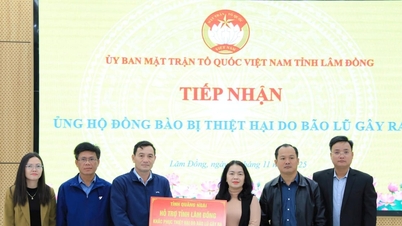

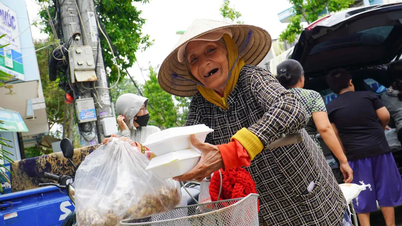


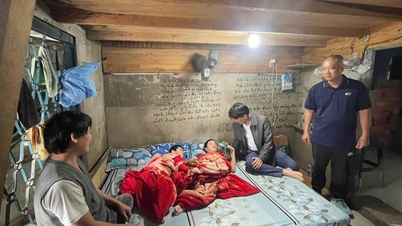
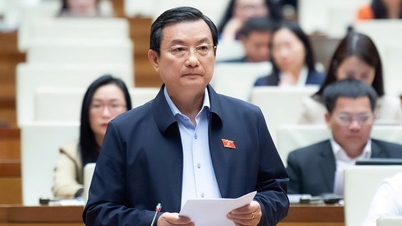

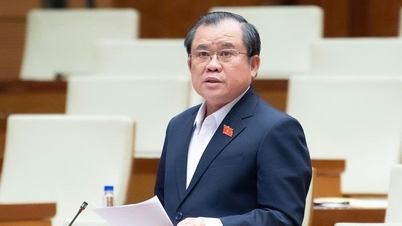




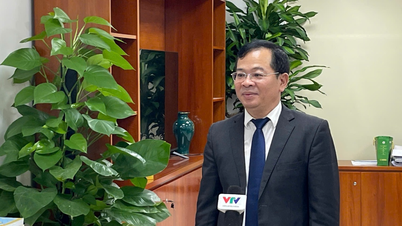
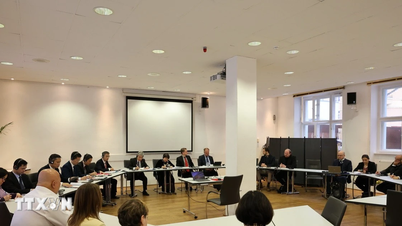





























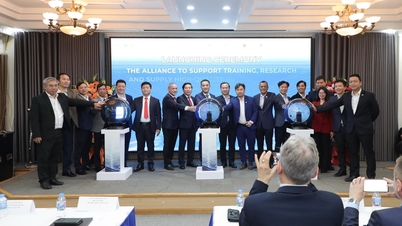





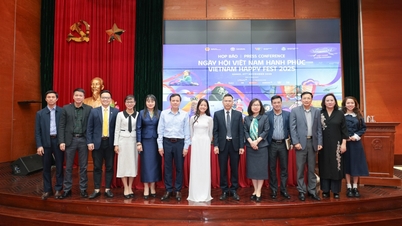





















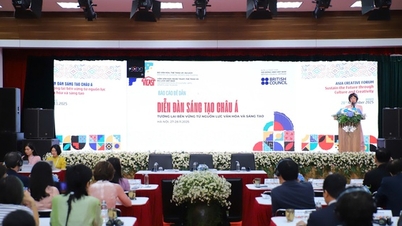
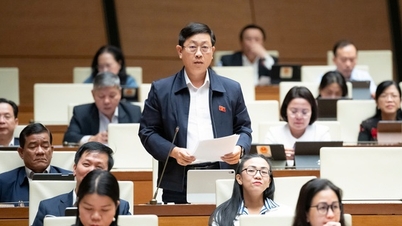
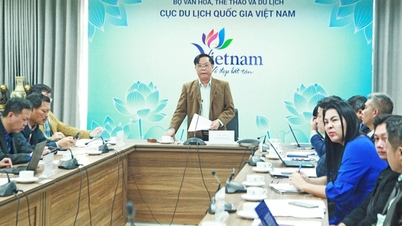


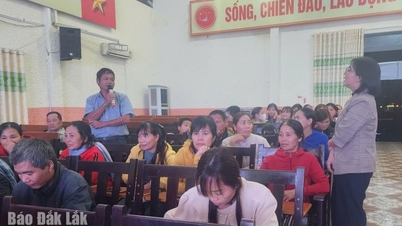

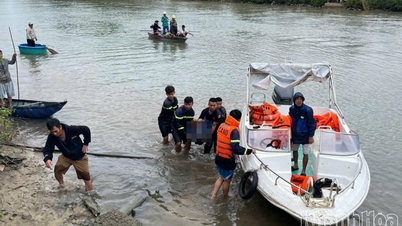



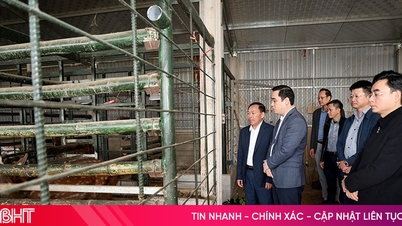














Comment (0)